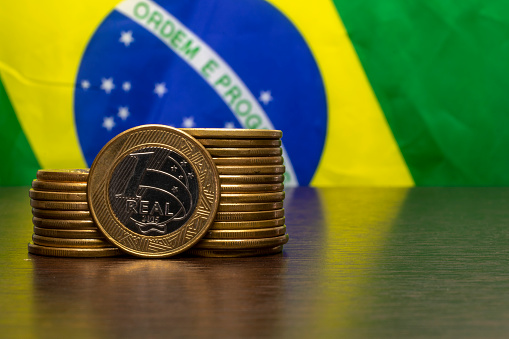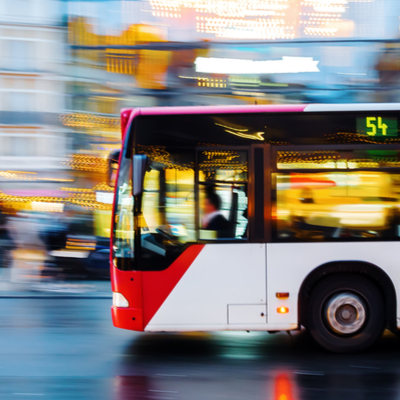The Economy of Brazil
Despite its vast size and abundant natural resources, the economy of Brazil faces numerous challenges, ranging from economic instability to environmental degradation. The country’s economy is primarily fueled by the industrial sector, travel and tourism, and financial services. However, the political conditions of the country have also affected its economy.
Industrial sector
During the 1970s and 1980s, Brazil’s industrial growth was very rapid. It became one of the world’s top ten economies. It was also one of the largest producers of primary goods. In 1980, Brazil’s per capita income reached US$ 2,000.
Brazil is rich in raw materials and mineral resources. Its primary exports include coffee, sugar, corn, beef, orange juice, and chicken. It also has large deposits of copper, nickel, zinc, and uranium.
The development of Brazil’s industrial sector was fueled by cheap labor and abundant raw materials. The government’s import substitution industrialization policy helped reduce imports. Initially, the industry focused on non-durable consumer goods. Later, it focused on durable goods.
Since the 1990s, the service sector has grown in importance. It has become the main contributor to the country’s GDP. The service sector includes tourism, retail sales, hospitality, and transportation. It employed 62% of the workforce in 2000.
Brazil is one of the world’s largest producers of coffee. It also produces tens of millions of tons of steel. It is one of the largest producers of automobiles, orange juice, and chicken. It is also a major exporter of processed foods, television sets, and electronics.
The manufacturing sector of Brazil accounts for 28.5 percent of the country’s GDP. It is the second-largest manufacturing sector in the Americas. The Brazilian textile industry is among the five largest in the world.
The country is also a world leader in soybean exports. It is the second-largest producer of pulp in the world.
Manufacturing
Despite the recent contraction in Brazil’s manufacturing economy, there are signs of a recovery in the near future. For one, manufacturers in the BRIC group – Brazil, Russia, India and China – are increasing their R&D budgets and staffing levels.
This is the first month in six months that new orders have grown at a pace faster than the previous month, though the rate of increase was modest. The most important driver of this change is the home market.
Another reason the PMI has been above 50 for three months in a row is the increased level of optimism among manufacturers. This is the result of increased buying and higher hiring activity. However, as the supply of available goods was not sufficient to meet the increasing demand, operating costs increased at a steady and slightly accelerated pace.
Among the survey’s most interesting findings was the fact that the input price inflation was on par with the output price increase. This is the first time this has happened in the survey’s nine year history. The increase was driven by higher raw material prices and unfavourable exchange rate movements.
Overall, the input price hikes were not as large as those seen in May, but they were still impressive. The input cost increases are set to be bigger in the coming months.
The latest survey also revealed that a majority of companies expect greater profitability in the coming year. Some 63% expect wider profit margins and 2% expect a decrease. However, the most significant news from the survey was that R&D expenditures have improved from last month’s depressed levels.
Financial services
Despite the fact that Brazil is a developing country, it has been able to make great strides in the financial services industry. However, there are still challenges in the macroeconomic environment. There is an abundance of natural resources and a need to develop greater productivity. In addition, Brazil must increase its international competitiveness.
The Brazilian financial services industry is divided into two main subsystems: regulatory and operating. Both the operating and regulatory subsystems are governed by the Central Bank of Brazil. Depending on the size of a bank, it may need to obtain a Central Bank license.
The Brazilian banking sector has experienced significant changes over the last two decades. This has been a result of the “silent revolution” that has led to lower banking fees, increased competition and improved financial inclusion.
The financial services industry in Brazil has developed a unique reputation for technological astuteness. Many banks have integrated real time systems. Also, large banks have begun to put more emphasis on consumer loan businesses. However, some financial institutions have not yet achieved average profitability.
The Brazilian financial services sector is based on a national banking system. It has been divided into federally owned and private Brazilian-controlled banks. Traditionally, foreign-controlled banks were mostly organised as representative offices of international institutions. These institutions were used to manage lines of financing offered to Brazilian companies. They usually focused on international trade finance. They also had retail presence in large urban centres.
Travel and tourism
Despite the economic crisis, the travel and tourism in Brazil’s economy has been growing. The sector contributed between 6 percent and 8 percent of the nation’s GDP. It also contributed one percent to global employment.
The country is home to several natural attractions and tourist destinations. For example, Brazil has the Pantanal, one of the largest freshwater marshes in the world, and the beaches of Rio de Janeiro. In addition, it has a variety of tourist options, including adventure tourism, historical tourism, and ecotourism.
The Brazilian government has made ecotourism a priority since 1992. It has also encouraged foreign investment in tourist facilities in the Amazonia. However, it has not integrated major global trends of tourism into its policies.
The Brazilian government has also devoted special attention to tourism development in the impoverished Northeast. In the last two years, the domestic tourism industry has enjoyed a boom. During this period, the Brazilian Association of Travel Agencies has projected that RS$21 billion will be spent on travel this year.
The Brazilian tourism sector had a significant increase in employment. In 2006, there were 1.87 million employees in the travel and tourism industry. This amount represents one in eleven workers. The government plans to increase employment in the sector to two million by 2021.
According to the Brazilian Ministry of Commerce, Industry, and Tourism, the tourism sector is responsible for 3.2% of the country’s export revenues. In addition, the country is one of the top ten outbound markets in the world.
Forests
Managing Brazil’s forest resources is a challenge. Brazilian environmental laws regulate land use. They establish how much land must be left intact and how much land can be used for ecological purposes.
There are also a series of forest protection measures that Brazil has implemented to tame deforestation. These measures are affordable, effective, and in keeping with more inclusive growth.
Brazil has also enlisted state-of-the-art aerospace technology to track deforestation. These technologies have allowed authorities to track unauthorized deforestation in real time. Using satellites, Brazil’s government has been able to catch deforesters in the act and set up a system for monitoring deforestation.
Brazil is also one of the largest producers of wood-based products in the world. Its primary products include timber and paper products. In 2011, the forestry sector contributed 1.1% of the country’s GDP. During the same year, timber exportations generated nine billion dollars.
Brazil is also home to legally recognized Indigenous and community forests, which store a whopping 36% more carbon per hectare than other forests. Despite this, a significant proportion of Brazil’s forest is being lost. A growing number of fires are burning in these lands.
In terms of timber production, the country’s south and southeast accounts for the bulk of its timber. The area of influence for industrial forest purposes covers a thousand municipalities in 23 Brazilian states. In 2015, roundwood production totaled 254.4 million cubic metres.
Political conditions
During the last decade, political conditions in Brazil have undergone a 180-degree shift. This is especially true since the end of dictatorship. The emergence of ultraconservative politician Jair Bolsonaro has been a major cause for concern.
Bolsonaro’s election marked a new era in Brazilian politics. His administration has been a fierce opponent to civil society organizations. His administration has also taken a hard line on environmental NGOs. His administration has cut minimum wages and removed LGBTQ people from human rights directives. His administration has also rolled back social progress in the first month of its administration.
The last elections in Brazil were a clear demonstration of the political system in crisis. A deteriorating economic situation provided the base of support for the right wing. It also contributed to the rise of ultraconservative politicians like Jair Bolsonaro.
The election of Jair Bolsonaro in the presidential election in February was a major turning point for Brazilian politics. The election of Bolsonaro represented a reversal of the previous right-wing rule of law. Bolsonaro was elected in a hostile environment to democratic processes. He has been aggressively attacking out-groups in the campaign. He has also defended gender-based discrimination and portrayed some groups as adversaries within their own country.
In the last decade, Brazil’s civil society has been under constant threat. Its members have been fighting extractive projects in tandem with NGOs. They have also been active in international solidarity. These groups have also been receptive to creating transnational linkages with South-based civil society organizations.



